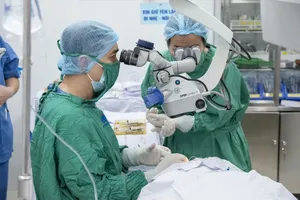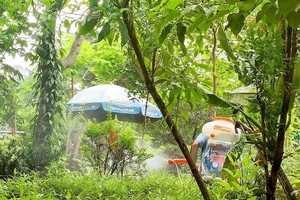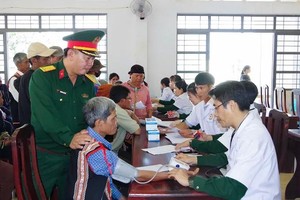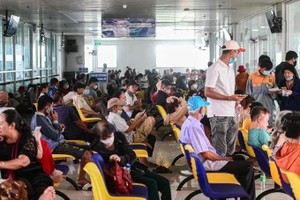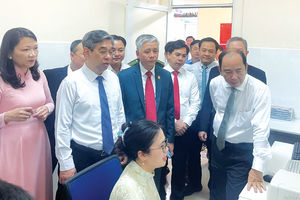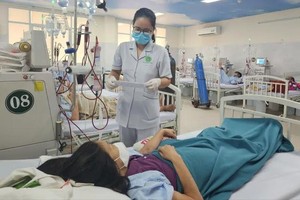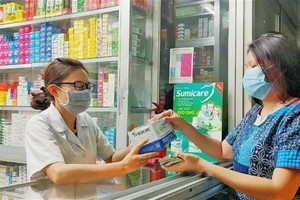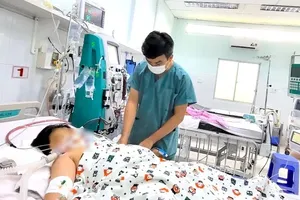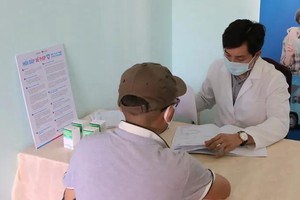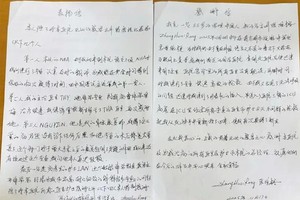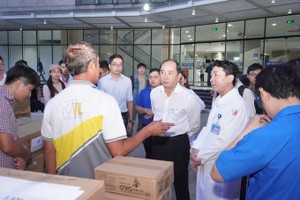This facility is the sole producer of the radioactive tracer 18F-FDG in the region, which is essential for PET/CT scans conducted at three major public hospitals: Cho Ray Hospital, HCMC Oncology Hospital, and Military Hospital 175.
While the paralysis of this critical system is concerning, it is not entirely unexpected. Experts have been warning for years about vulnerabilities in the supply chain. Cancer patients frequently face waiting times of two to three weeks for PET/CT scans — a delay that, while unfortunate, has become normalized. What is far more perplexing, however, is that HCMC does, in fact, have another facility capable of producing 18F-FDG — yet it remains idle.
Located in Thu Duc City, the HCMC branch of Rang Dong Medical Joint Stock Company invested VND200 billion (approximately US$7.8 million) in a facility designed to manufacture radioactive isotopes. Trial operations began in 2019. However, just a year later, the Covid-19 pandemic disrupted production. In 2022, a Ministry of Science and Technology inspection concluded that the company’s use of public assets violated regulations under the Law on Management and Use of Public Property.
Then in 2023, the facility faced further setbacks when the Drug Administration of Vietnam (DAV) under the Ministry of Health imposed a VND160 million (approximately $6,300) fine and ordered the destruction of 70 vials of 18F-FDG for lacking proper marketing authorization. The plant’s operations were suspended indefinitely.
Between 2021 and 2024, HCMC’s Department of Health submitted repeated petitions urging central authorities to resolve the legal bottlenecks that have prevented the plant from becoming operational and alleviating the burden on Cho Ray Hospital. Despite these efforts, no tangible progress has been made.
To meet patient demand, HCMC should ideally have at least three operational Cyclotron accelerators. But with its only functioning unit offline, even the city’s multimillion-dollar PET/CT scanners are sitting unused — an astonishing and unacceptable waste of public resources.
While PET/CT remains the gold standard for cancer imaging, it is not the only diagnostic option available. Doctors continue to explore alternative methods, but the absence of this key technology significantly undermines patient care. In desperation, many patients from the South are now forced to travel to Hanoi, Da Nang — or even abroad — to obtain PET/CT scans, only to return with results for local doctors to interpret.
Such inefficiencies in the healthcare system not only incur substantial economic losses but also erode public confidence and intensify frustration among patients and their families.
As HCMC’s newly unified health system braces for greater pressure in the near future, resolving the radioactive tracer supply chain crisis must be treated as an urgent and strategic priority.
